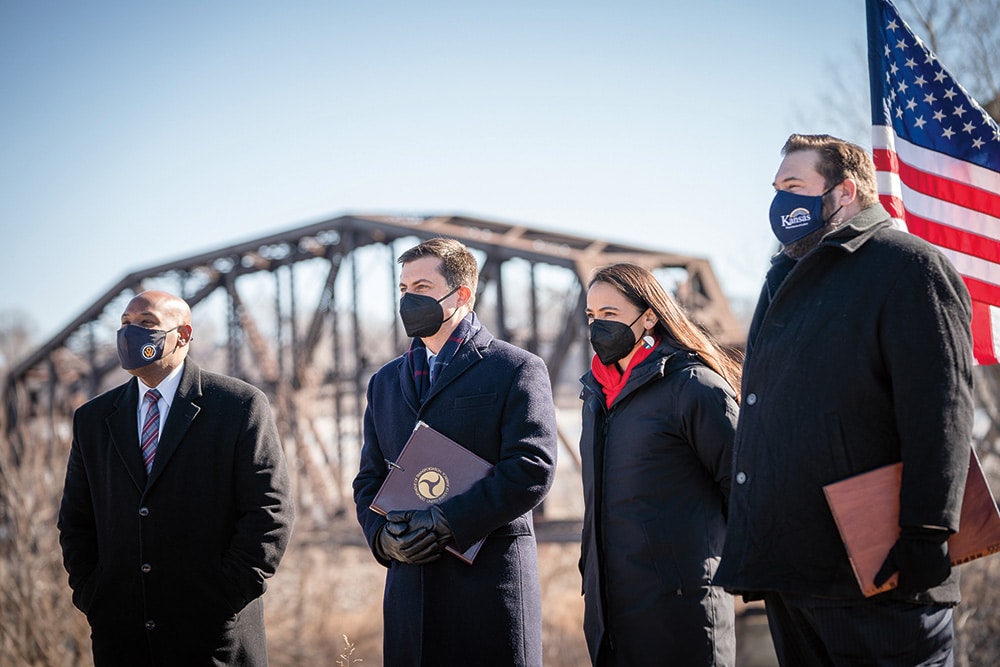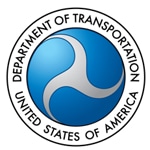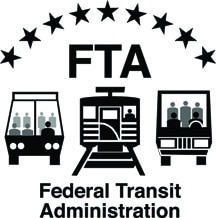SMART TD hosted a round-table in January 2022 at the University of Kansas Medical Center campus with U.S. Department of Transportation Secretary Pete Buttigieg, local elected officials, labor leaders and community members to spotlight how the bipartisan infrastructure law will create local jobs and spur economic growth across Kansas’ Third Congressional District, including in communities that are frequently overlooked.
The group was later joined by Kansas Department of Transportation Secretary Julie Lorenz, Kansas City Mayor Tyrone Garner, Rep. Sharice Davids and Secretary Buttigieg at the Rock Island and Cesar Chavez Bridges for an event highlighting the bridges’ complementary purposes as infrastructure and economic projects in the Kansas Third. Among the attendees were local labor and business community leaders, elected officials and transportation authorities.
“The bipartisan infrastructure law is innovative legislation that will bring thousands of jobs to the state of Kansas.”
– SMART TD Kansas State Legislative Director Ty Dragoo
“The bipartisan infrastructure law is innovative legislation that will bring thousands of jobs to the state of Kansas,” said SMART TD Kansas State Legislative Director Ty Dragoo. “My organization is uniquely qualified to reap its benefits because we are the men and women that physically transport the products created by our great unions and building trades. We are moving from the great resignation to the great innovation. From SMART members building new HVAC systems for our nation’s schools and hospitals, to SMART TD members transporting the much-needed resources to build and innovate this country: We get it done! Representative Davids was there when this much-needed legislation was drafted, and she voted to pass it into law. I am proud of both her and Secretary Buttigieg’s work to high-light the new law’s benefits.”
“It’s no accident when federal agencies call on our state directors to be at the table when these events happen,” added Dragoo. “Our legislative team is second to none in D.C. Director [Greg] Hynes and Alternate Director [Jared] Cassity are making great connections and advancing our cause in Congress. It’s proof when we get these calls: SMART is a key stakeholder in D.C. and throughout the country.”



 This guidance document provides clarity to DOT-regulated employers, employees, and service agents on conducting DOT drug-and-alcohol testing given concerns about the Coronavirus Disease 2019 (COVID-19). We, as a nation, are facing an unprecedented public health emergency that is straining medical resources and altering aspects of American life, including the workplace. The nation’s transportation industries, which are not immune to the impacts and disruptions resulting from the spread of COVID-19 in the United States, are playing a vital role in mitigating the effects of COVID-19.
This guidance document provides clarity to DOT-regulated employers, employees, and service agents on conducting DOT drug-and-alcohol testing given concerns about the Coronavirus Disease 2019 (COVID-19). We, as a nation, are facing an unprecedented public health emergency that is straining medical resources and altering aspects of American life, including the workplace. The nation’s transportation industries, which are not immune to the impacts and disruptions resulting from the spread of COVID-19 in the United States, are playing a vital role in mitigating the effects of COVID-19. WASHINGTON – The U.S Department of Transportation’s (USDOT) Federal Railroad Administration (FRA) issued to Congress the first National Strategy to Prevent Trespassing on Railroad Property. The report examines the causal factors that contribute to trespassing incidents on railroad property, and responds to a U.S. House of Representatives Committee on Appropriations request.
WASHINGTON – The U.S Department of Transportation’s (USDOT) Federal Railroad Administration (FRA) issued to Congress the first National Strategy to Prevent Trespassing on Railroad Property. The report examines the causal factors that contribute to trespassing incidents on railroad property, and responds to a U.S. House of Representatives Committee on Appropriations request. WASHINGTON – The U.S. Department of Transportation’s Federal Transit Administration (FTA) announced a total of $281 million in additional Fiscal Year 2018 federal funding allocations to five transit projects in Arizona, California, Minnesota and Texas. Funding will be provided through FTA’s Capital Investment Grants (CIG) Program.
WASHINGTON – The U.S. Department of Transportation’s Federal Transit Administration (FTA) announced a total of $281 million in additional Fiscal Year 2018 federal funding allocations to five transit projects in Arizona, California, Minnesota and Texas. Funding will be provided through FTA’s Capital Investment Grants (CIG) Program.